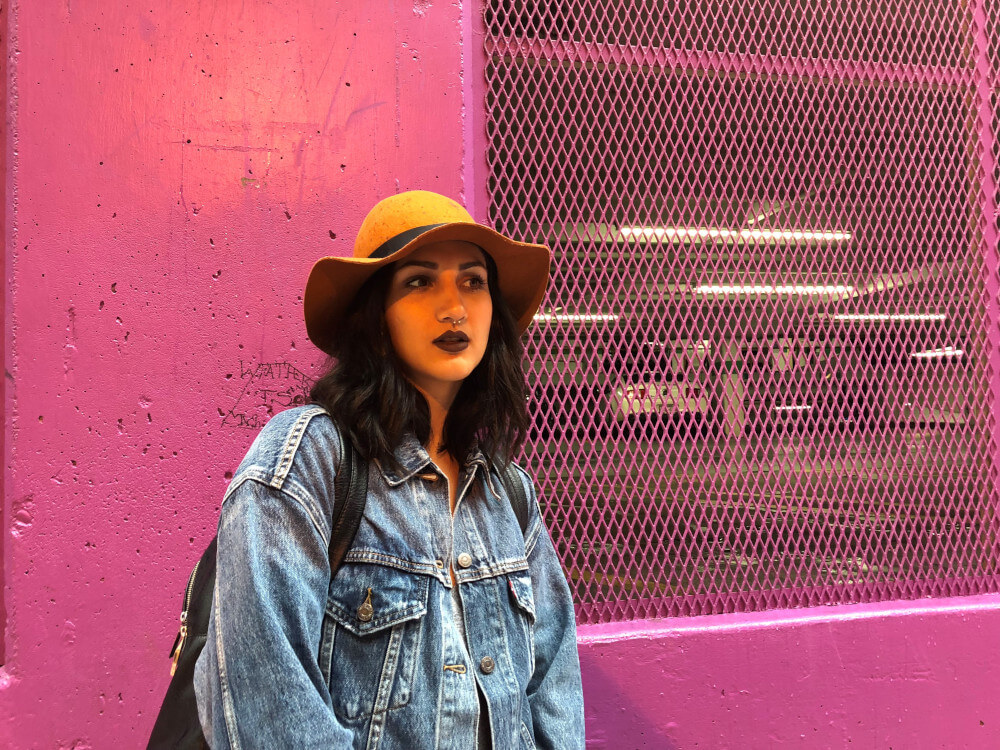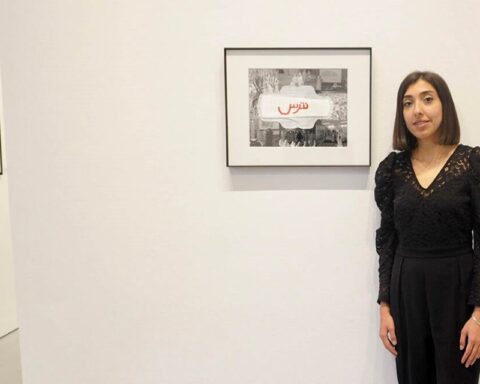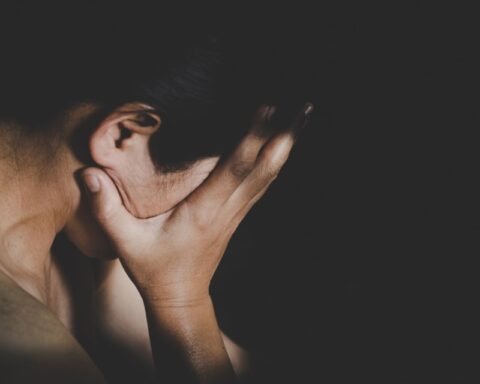Sunny Dhillon rocked Canadian media in October when he publicly quit his daily reporter job with the Globe and Mail. He said his editor, at the last hour, had changed the focus of his piece away from presenting concerns of people of colour. For Dhillon, who is Indo-Canadian, that was the last straw. “Being a person of colour at a paper and in an industry that does not have enough of us — particularly at the top — felt more futile than ever before,” he wrote.
Just over a year earlier, freelance journalist and activist Desmond Cole, who is Black, announced he’d stopped writing his bi-monthly column for the Toronto Star after an editor told him he violated company rules by engaging in civil disobedience, and another told him to write less about race.
Let’s be clear: Dhillon and Cole risked their careers to expose racism in newsrooms. Many who have worked in predominantly white work environments no doubt resonated to Dhillon when he announced his resignation: “To be a journalist of colour can be to walk a tightrope. On which issues do you weigh in? On which issues do you not? What do you pretend you didn’t see or hear?”
But there’s a catch: Cole and Dhillon are both men.
Consider as well the challenges in journalism faced by women who are Black, Indigenous or identify as persons of colour — BIPOC women. Although many racialized experiences traverse gender lines, women of colour simultaneously battle stereotypes about their womanhood (crazy, too ambitious, ditzy) and their racial identities (incompetent, ethnic, only interested in “diverse” storytelling). I’m not suggesting we overlook or undermine the experiences of men who frequently encounter racism. Rather, it’s important to incorporate multiple voices in the ongoing discussions around race, so we can work collaboratively to make newsrooms more inclusive.
While attending the UBC School of Journalism, I interviewed seven women working in media hubs across Canada and combined their stories to write my academic thesis, research that uncovered the tiresome, but hopeful, realities BIPOC female reporters face. The women shared similar anecdotes: editors articulated racist stereotypes about people of colour or Indigenous peoples; colleagues frequently mistook the women for other women of colour; the women felt tokenized, like their race was paraded to make workplaces appear inclusive; and superiors siloed the women by only assigning them “diversity” stories.
All but one of the women asked for confidentiality, fearing that speaking out would threaten her job security.
Hired ‘to be the diversity’
I’d be lying if I said I haven’t experienced similar encounters to those described by the women I interviewed. I identify as mixed-race: I have a Polish name, but an Armenian face. My family tree is a combination of my Polish-Jewish and Armenian heritage.
In a previous journalism job, I showed up on day one eager to learn and contribute. Within just a few months, my boss at the time told me I was hired “to be the diversity.” The same superior called me “fiery” after I questioned ethics around our Indigenous coverage. In various other positions, colleagues have asked me how to cover “people of colour” issues in a way that made it seem they assumed I have a third eye with an omniscient, racialized lens. Situations like these created a lot of pressure.
Privately, I obsessed, panicked and cried over advice I chose to give — or not give — and whether I made the right decision. On many occasions I felt shame for failing to call out racism in my workplace. Understanding the risk leaving any job might pose to my career, I nevertheless have walked away from jobs that made me uncomfortable, always in hopes of finding a better setting to be a journalist.
Many Canadian women in media have spoken out against racism publicly. In a 2016 column explaining why reverse racism against white people isn’t real, VICE’s Manisha Krishnan references how an “outraged” white male journalist called her a “bigoted little witch” who was “trying to shut down white voices.” The man spoke those scathing words shortly after Krishnan wrote a piece urging people who have never experienced racism to tread carefully when broaching the topic.
Daily encounters less angrily racist than the attack on Krishnan can leave women of colour feeling uncomfortable nonetheless. When Tamara Baluja, a Vancouver-based journalist and educator, first started in journalism, she asked an internship coordinator the best way to get hired post-internship. Baluja, who has since enjoyed a very successful career, said the individual praised her writing and reporting skills, but suggested she should report more in South Asian communities.
“That completely baffled me because that person didn’t even take a moment to find out if I have any authentic connection to that community,” Baluja said. Basically, if you look brown (or Black or Indigenous or Asian), you’re not only encouraged to tell “diverse” stories, you’re expected to — even if you want to write about the environment, education, city hall or oil and gas. Considering editors tend to assign human interest stories to women, this reality disproportionately affects women of colour.
What meaningful inclusion looks like
This siloing of BIPOC journalists exposes the limitations of most diversity and inclusion initiatives. Many racialized reporters are hired to lead Indigenous, immigration and “identity” beats, which is undoubtedly important, but the benefits of hiring racialized reporters extend beyond the optics of diverse newsrooms and online and print content. Meaningful inclusion requires us to consider how BIPOC perspectives can improve all reporting. When people from diverse backgrounds — and this isn’t limited to race — get to report on the environment, education or business, they’re often attuned to under-explored concerns and perspectives.
Anita Li was fed up with the lack of supports available to Canadian BIPOC journalists, so she decided to start the Canadian Journalists of Colour Facebook group alongside another Toronto-based journalist, Sadiya Ansari.
Li said she’s faced her fair share of racism in media; for example, “constantly being confused for other Asian people in the newsroom.”
“In one newsroom,” Li said, “I was mistaken for an Asian woman who was twice my age and had been in that organization for years.”
According to Li, media organizations need to offer more mentorship opportunities. “It’s important to get guidance from people who understand your unique challenges,” she said. Li has become one of my mentors. I’ve lost track of the number of times I’ve messaged her for advice. She’s been there for me 100 per cent of the time, as have a handful of other media professionals and academics.
Mentors and colleagues
Mentorship and camaraderie came up in every interview I conducted while researching my thesis. All of the women either credited their success to mentorship or said they make a point to mentor young reporters and validate their struggles.
Osobe Waberi, a student journalist in Toronto, said she hasn’t had run-ins with racism or sexism during her internships. In fact, her experiences have been largely positive, and she attributes her comfort to mentors, professors and editors who understand her lived experiences, or at least try to.
Still, she has had to “get used to being the only visible Muslim woman in the room almost all the time. Whether in internships or in classrooms, you stand out like a sore thumb.” she said.
For Waberi, the sting of racism comes from seeing it in the work of other journalists. “I love journalism and I want to do it forever, but I can’t ignore the hurtful representation it provides of people who look like me or women of colour or Muslim women who are visible,” Waberi said.
Like Waberi, I too love journalism. Most of my experiences practicing the craft have been inspiring. Now, I exclusively work and freelance for respectful, energetic and open-minded organizations.
And yet, as the sources who spoke to me for my thesis made clear, racialized women rarely stop at saying “I love journalism.” It’s “I love journalism, but…”
Most female journalists of colour will confront, navigate and hopefully conquer racism and sexism at some point. Making their paths easier begins with shining light on the obstacles they face. But talking about racism can put careers in limbo, as we saw with Cole and Dhillon. How can we spark meaningful change if we don’t allow racialized folks to speak out without fear of retribution?
People in journalism pride themselves on their skills at seeking out sources, listening and presenting their concerns clearly and powerfully. Let’s apply the same in our newsrooms. Let’s go out of our way to listen to our colleagues, superiors and subordinates who deal with racism, sexism or other prejudices regularly. The only way to effect change is to let those affected lead it.
Republished with permission from the author and The Tyee.
Anya Zoledziowski is a multimedia journalist based in Edmonton. She focuses on social justice and culture reporting, and has worked across Canada and in the U.S.




